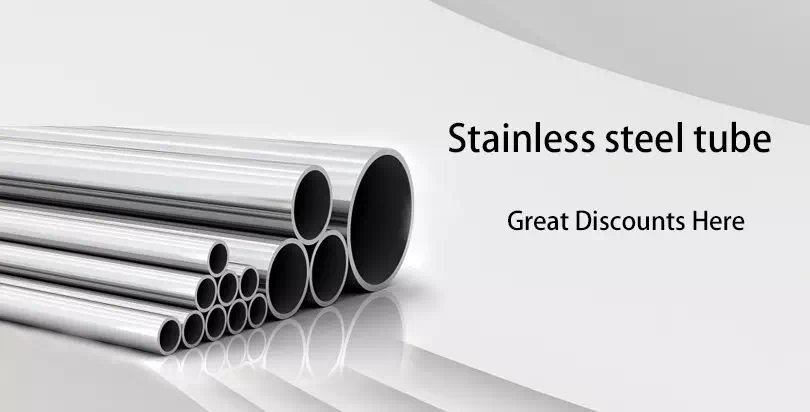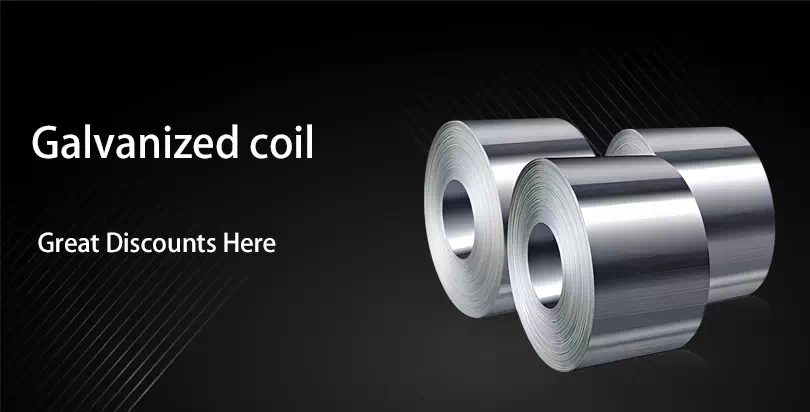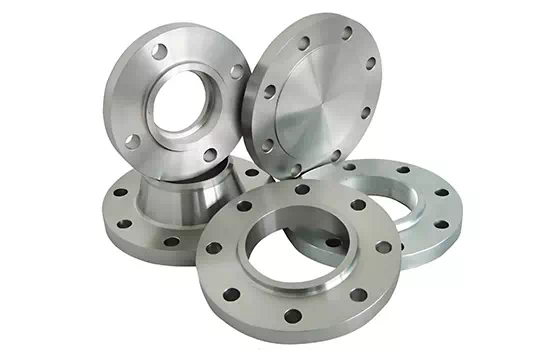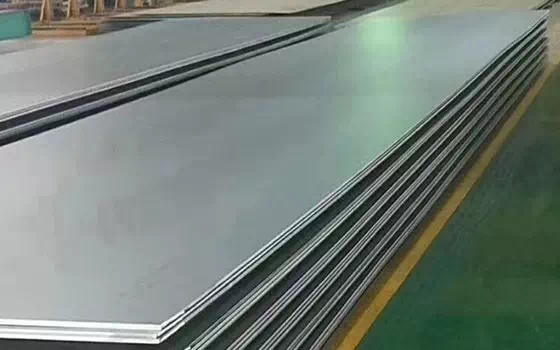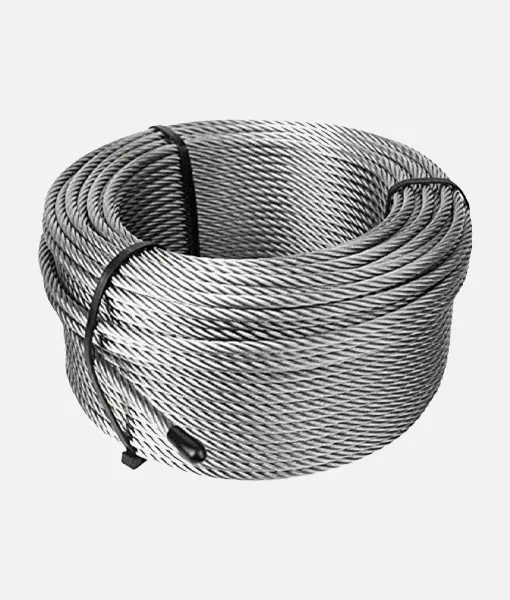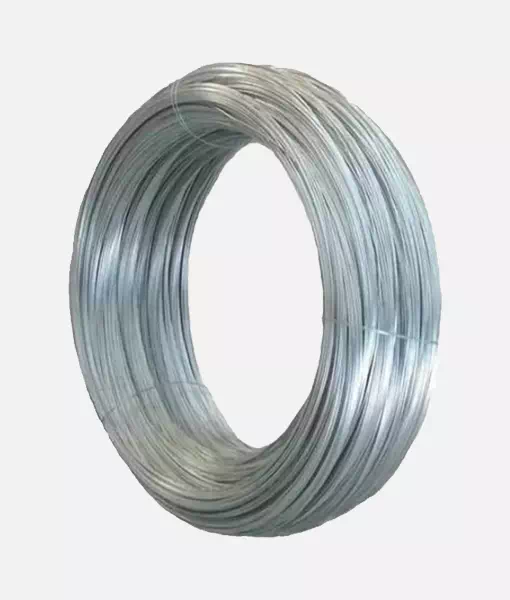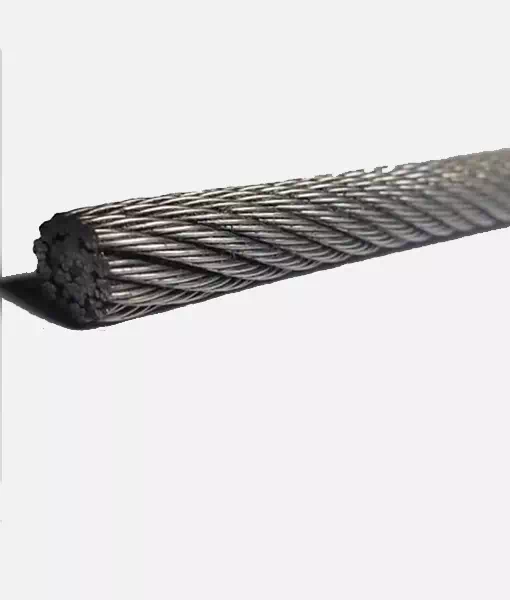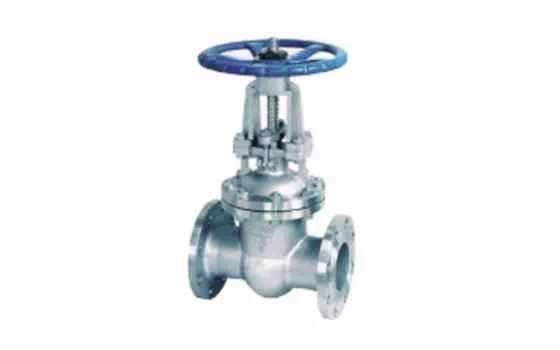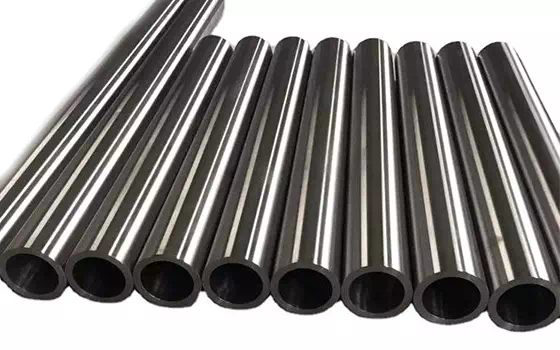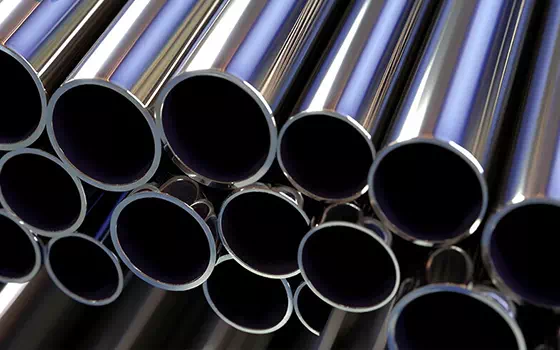Chemical composition
The corrosion resistance of stainless steel decreases with the increase of carbon content, therefore, most stainless steel carbon content is low, * no more than 1.2%, some steel Wc (carbon content) even less than 0.03% (such as 00Cr12). The main alloying element in stainless steel is Cr (chromium), only when Cr content reaches a certain value, steel has corrosion resistance. Therefore, the general Cr (chromium) content of stainless steel is at least 10.5%. Stainless steel also contains Ni, Ti, Mn, N, Nb, Mo, Si, Cu and other elements.
The corrosion resistance of stainless steel decreases with the increase of carbon content, therefore, most stainless steel carbon content is low, * no more than 1.2%, some steel Wc (carbon content) even less than 0.03% (such as 00Cr12). The main alloying element in stainless steel is Cr (chromium), only when Cr content reaches a certain value, steel has corrosion resistance. Therefore, the general Cr (chromium) content of stainless steel is at least 10.5%. Stainless steel also contains Ni, Ti, Mn, N, Nb, Mo, Si, Cu and other elements.
General characteristic
The surface is beautiful and the use possibility is diversified. The corrosion resistance is good, and the durability and corrosion resistance is good and the strength is high than that of ordinary steel. Therefore, the thin plate has the possibility of high temperature oxidation resistance and high strength, so it can resist fire at room temperature processing.
Quality characteristic
1. Quality characteristics of stainless steel
2 stainless steel quality characteristics requirements: due to the different use of the products, its processing technology and raw material quality requirements are also different.
3. Quality requirements feature micro items.
Production technology
Stainless steel processing refers to with the performance of stainless steel for stainless steel cutting, bending, bending, welding and other mechanical processing finally get the process of industrial production of stainless steel products, in the process of stainless steel processing need to use a large number of machine tools, instruments, stainless steel processing equipment. Stainless steel processing equipment is classified into shearing equipment and surface treatment equipment, shearing equipment is also divided into open equipment and strip equipment. In addition, from the thickness of stainless steel, there are cold and hot rolling processing equipment. Thermal cutting equipment mainly includes plasma cutting, laser cutting, water cutting and so on.
Stainless steel finish grade
Original surface: NO.1 hot rolled surface subjected to heat treatment and pickling treatment. Generally used for cold rolling materials, industrial tank, chemical industrial equipment, thickness from 2.0MM-8.0MM.
Blunt surface: NO.2D cold rolling after heat treatment, pickling, its material is soft, the surface is silver luster, used for deep stamping processing, such as automobile components, water pipes, etc.
Fog surface: NO.2B cold rolling after heat treatment, pickling, and then finish rolling processing to make the surface for moderate brightness. Because the surface is smooth, easy to grind, make the surface more bright, widely used, such as tableware, building materials and so on. With improved mechanical properties of the surface treatment, almost all applications.
Coarse sand NO.3 with No. 100-120 grinding belt grinding out the product. Has a better gloss, with discontinuous coarse grain. Used for interior and exterior decoration materials, electrical products and kitchen equipment, etc.
Fine sand: NO.4 with particle size 150-180 grinding belt grinding product. Better gloss, with discontinuous coarse lines, stripes thinner than NO.3. Used for bath, building inside and outside decorative materials, electrical products, kitchen equipment and food equipment, etc.
#320 Grinding product with No. 320 grinding strip. Better gloss, with discontinuous coarse lines, stripes thinner than NO.4. Used for bath, interior and exterior decoration materials, electrical products, kitchen equipment and food equipment, etc.
HLNO.4 is continuously ground with the appropriate size polishing belt to produce the product of grinding pattern (subdivision 150-320). Mainly used for architectural decoration, elevator, building doors, panels and so on.
Bright surface: BA after cold rolling subjected to bright annealing, and through the smooth product. Excellent surface gloss and high reflectivity. A mirror-like surface. Used in household appliances, mirrors, kitchen equipment, decorative materials, etc.
Application field
In the field of architectural applications, the surface of stainless steel is important for a number of reasons. Corrosion environments require smooth surfaces because smooth surfaces are less prone to scaling. Dirt deposition will cause rust and even corrosion of stainless steel.
In the spacious hall, stainless steel is the most commonly used material for elevator decoration board. Although the fingerprints on the surface can be erased, they affect the appearance, so xxx chooses the appropriate surface to prevent fingerprints from being left.
Sanitary conditions are important for many industries, such as food processing, catering, brewing and chemicals, where surfaces must be easy to clean on a daily basis, often with chemical cleaners.
Stainless steel is the best material in this respect, in public places, the surface of stainless steel will often be scribbled, however, it is an important feature that they can be cleaned off, which is a significant feature of stainless steel over aluminum. Aluminum surfaces tend to leave marks and are often difficult to remove. Cleaning stainless steel surface should be along the lines of stainless steel cleaning, because some surface processing lines are unidirectional.
Stainless steel is most suitable for hospitals or other areas where sanitary conditions are critical, such as: food processing, catering, brewing and chemical industry, not only because it is easy to clean every day, sometimes also use chemical cleaning agents, but also because it is not easy to breed bacteria. The results show that the performance is the same as that of glass and ceramic.
Main classification
Stainless steel is often divided into: martensitic steel, ferritic steel, austenitic steel, austenitic ferritic (two-phase) stainless steel and precipitation hardening stainless steel, etc. In addition, according to the composition can be divided into: chromium stainless steel, chromium nickel stainless steel and chromium manganese nitrogen stainless steel.
Ferrite stainless steel
Chromium 12% ~ 30%. Its corrosion resistance, toughness and welderability are improved with the increase of chromium content, and its resistance to chloride stress corrosion is better than other kinds of stainless steel. This category includes Crl7, Cr17Mo2Ti, Cr25, Cr25Mo3Ti, Cr28, etc. Because of its high chromium content, ferritic stainless steel has good corrosion resistance and oxidation resistance, but its mechanical and technological properties are poor. It is mostly used for acid-resistant structures with little force and as anti-oxidation steel. This kind of steel can resist the corrosion of atmosphere, nitric acid and brine solution, and has the characteristics of high temperature oxidation resistance, low thermal expansion coefficient and so on. It is used for nitric acid and food factory equipment, and can also make parts working at high temperature, such as gas turbine parts.
Austenitic stainless steel
Chromium content is more than 18%, but also contains about 8% nickel and a small amount of molybdenum, titanium, nitrogen and other elements. Good comprehensive performance, can withstand the corrosion of a variety of media. Austenitic stainless steel commonly used brands are 1Cr18Ni9, 0Cr19Ni9 and so on. Wc< of 0Cr19Ni9 steel; 0.08%, marked with "0" in steel number. Such steels contain large amounts of Ni and Cr, giving the steel an austenitic state at room temperature. This kind of steel has good plasticity, toughness, weldability, corrosion resistance and no magnetic or weak magnetic, in oxidation and reducing medium corrosion resistance are good, used to make acid resistant equipment, such as corrosion resistant vessels and equipment lining, pipeline, nitric acid resistant equipment parts, but also can be used as the main material of stainless steel watch jewelry. Austenitic stainless steel is generally treated with solid solution, that is, the steel is heated to 1050 ~ 1150℃, and then cooled by water or air to obtain single-phase austenitic structure.
Austenitic ferritic stainless steel
It has the advantages of austenitic and ferritic stainless steel and has superplasticity. Austenitic and ferritic structures each comprise about half of stainless steel. In the case of low C content, Cr content is 18%-28%, and Ni content is 3%-10%. Some steels also contain Mo, Cu, Si, Nb, Ti, N and other alloying elements. This kind of steel has the characteristics of austenitic and ferritic stainless steel, compared with ferritic, plasticity, toughness is higher, no room temperature brittleness, intercrystalline corrosion resistance and welding performance are significantly improved, but also maintain the ferritic stainless steel 475℃ brittleness and high thermal conductivity, with the characteristics of superplasticity. Compared with austenitic stainless steel, it has higher strength and better resistance to intergranular corrosion and chloride stress corrosion. Duplex stainless steel has excellent corrosion resistance, is also a nickel stainless steel.
Martensite stainless steel
High strength, but poor plasticity and weldability. The commonly used brands of martensitic stainless steel are 1Cr13, 3Cr13, etc., because of the higher carbon content, it has higher strength, hardness and wear resistance, but the corrosion resistance is slightly poor, used for some parts with higher mechanical properties and general corrosion resistance requirements, such as springs, turbine blades, hydraulic press valves. This kind of steel is used after quenching and tempering treatment. Annealing is required after forging and stamping.
Precipitation hardened stainless steel
Matrix for austenitic or martensite structure, precipitator-hardened stainless steel commonly used brand 04Cr13Ni8Mo2Al, etc. Stainless steel that can be hardened by precipitation hardening (also known as age hardening).
Brand grouping
Precipitation hardened stainless steel. With good formability and good weldability, it can be used as ultra-high strength material in nuclear industry, aviation and aerospace industry.
According to the composition can be divided into Cr series (400 series), Cr-Ni series (300 series), Cr-Mn-Ni (200 series), heat-resistant chromium alloy steel (500 series) and precipitation hardening series (600 series).
200 series: Chrome-manganese-nickel austenitic stainless steel
300 series: Chrome-nickel austenitic stainless steel
301: Good ductility, used for molding products. It can also be machined to harden rapidly. Good weldability. The wear resistance and fatigue strength is better than 304 stainless steel.
302: Corrosion resistance is the same as 304, because the carbon content is relatively higher and thus better strength.
303: By adding a small amount of sulfur and phosphorus to make it easier to cut than 304.
304: Today's society commonly used model, that is, 18/8 stainless steel. The GB brand is 06Cr19Ni10.
309: compared with 304 has better temperature resistance, temperature resistance up to 980℃.
310: Excellent high temperature oxidation resistance, the highest use temperature 1200℃.
316: The second most widely used steel after 304, mainly used in the food industry, watches and ornaments, pharmaceutical industry and surgical equipment, molybdenum is added to give it a special structure resistant to corrosion. Because of its better resistance to chloride corrosion than 304, it is also used as "Marine steel". SS316 is commonly used in nuclear fuel recovery units. Grade 18/10 stainless steel is also usually suitable for this application level.
321: Similar to 304 in other properties except that titanium is added to reduce the risk of corrosion in the material weld.
347: Add stabilizing element niobium, suitable for welding aviation equipment parts and chemical equipment.
400 series: Ferritic and martensitic stainless steel.
408: Good heat resistance, weak corrosion resistance, 11% Cr, 8% Ni.
409: Cheapest model (British or American), usually used as an automobile exhaust pipe. It is ferritic stainless steel (chromium steel).
410: martensite (high strength chromium steel), good wear resistance, poor corrosion resistance.
416: The addition of sulfur improves the processing property of the material.
420: "cutting edge grade" martensitic steel, similar to Brinell high chromium steel, the earliest stainless steel. Also used in surgical knives, can be made very bright.
430: Ferritic stainless steel, for decorative purposes, such as automobile ornaments. Good formability, but poor temperature resistance and corrosion resistance.
440: High strength cutting tool steel, slightly higher carbon content, after appropriate heat treatment can obtain high yield strength, hardness can reach 58HRC, belongs to the hardest stainless steel. The most common example is the "razor blade". There are three common models: 440A, 440B, 440C, and 440F (easy to process).
Series 500: Heat resistant chrome alloy steel.
Series 600: Martensitic precipitated hardened stainless steel.
630: The most commonly used precipitate-hardened stainless steel model, also commonly known as 17-4; 17%Cr, 4%Ni.


